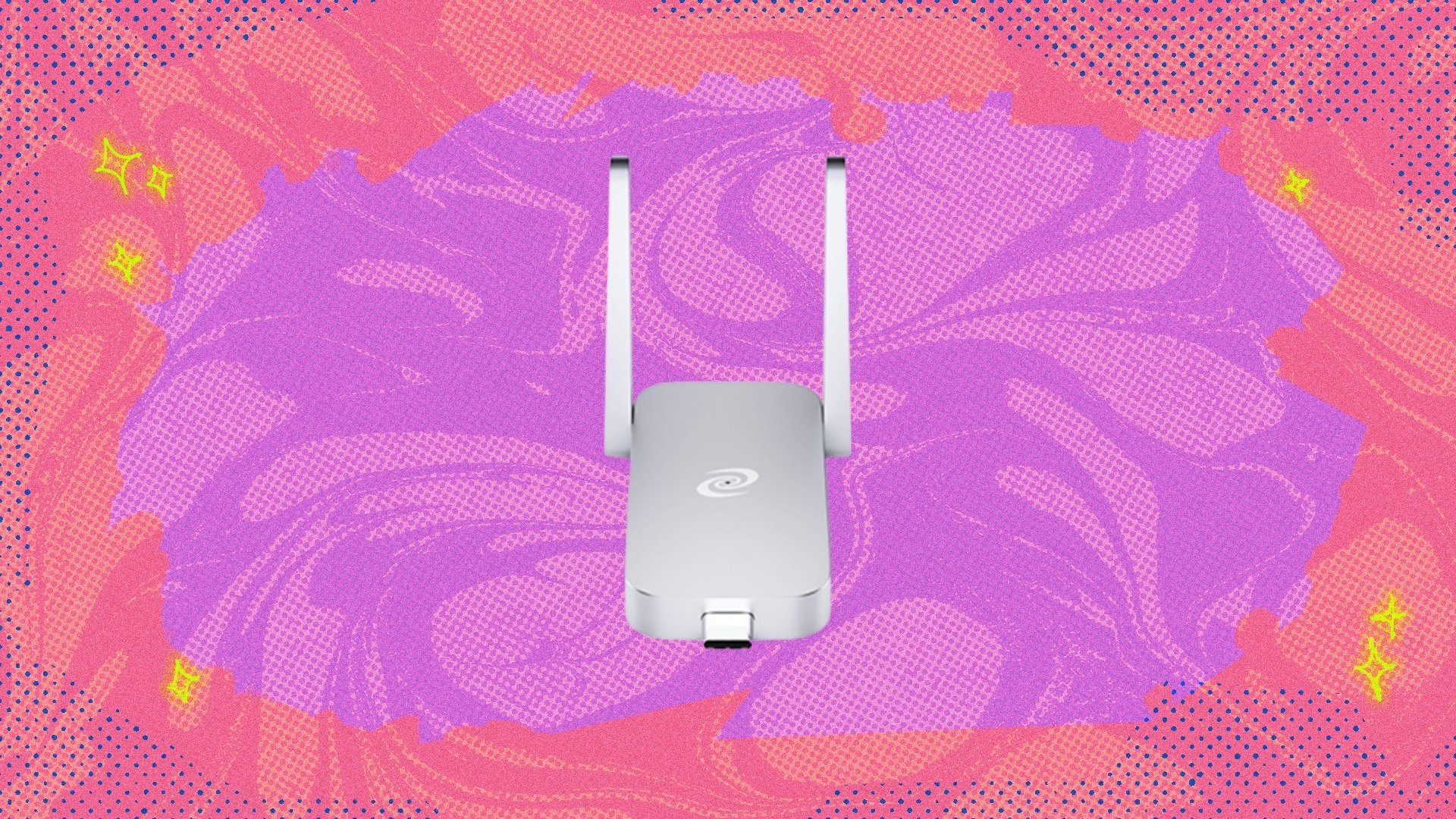A mass exit from social media

Last Friday night, close to a hundred of us gathered around candle-lit picnic blankets with a makeshift stage at the head of the grass. We know, that’s probably not your idea of a typical night at Tompkins Square Park in downtown Manhattan — but it’s safe to say we did something a bit … different.
We got off together. Off the apps, that is; after a big countdown, we deleted our accounts to digital platforms that we’ve simply had enough of.
It was hard to predict how many would be joining us for this “Delete Day” — having no more social media ourselves, we hit the streets with fliers and chalk to spread the word over the past couple of weeks. At the same time, we weren’t surprised by the energetic turnout. People are ready to take a real stance against the attention economy: it’s become abundantly clear that the convenience isn’t worth the brainrot.
Trying to limit one’s use of a persuasively designed app doesn’t do much to brighten our tech-addicted, media-saturated age. We can’t just spend less time sitting through exploitative algorithms, mind-melting AI slop, and shameful advertising. When platforms are designed on the fundamental premise of extraction, we can’t just use them more intentionally, either.
It’s time we opt out, for good.
The gathering was the NYC kick-off of the newly formed “Time to Refuse” campaign, a global campaign led by Gen Z to promote “appstinence,” a term that means “to refrain from using technology that is designed to be addictive.” Popular platforms like Instagram, TikTok, and X fall under this umbrella.
With the fervor of freedom, participants of all ages shouted what accounts they would be deleting. “I’m deleting Hinge!” yelled one in the back. Everyone roared. “I’m doing Instagram, Snapchat, and Spotify,” a triple deleter jumped in.
The two of us, Gabriela and Nick, part of the team who set up this campaign, kicked the night off as co-hosts.
Nick started by raising the energy. His choice of LinkedIn was met with great applause and laughter. Gabriela followed by describing the perilous state of the technological landscape, and how this is only the beginning of a larger resistance.
And it is. As far as the formal campaign goes, many partners are expected to follow, with events in Kenya, Finland, Canada, and various other stops in the United States like Philadelphia.
Gabriela, the 24-year-old founder of the “appstinence” movement, was raised in 2000s Silicon Valley. As tech behemoths decided the direction of society, they decided hers as well. After getting her first smart device at 9 and making her first social media account at 10, she spent over a decade of her life “chronically online.” To this day she is working to unlearn how addictive technology conditioned her habits, inner state, and perspective on the world.
Just a year older, Nick endured the same kind of self-control struggles with video games, apps, and smartphones — until he recognized it doesn’t have to be that way. After the mess of COVID and an eye-opening stint at a couple of startups — including a social media marketing role! — Nick went all-in on removing addictive technology from his life in favor of in-person connection. Through work on policy, education, and community organizing, he’s identified a strong coalition moving to end the screen-based life.
This isn’t a last-ditch Hail Mary against Big Tech. These companies have not undone our humanity. Step by step, people are reclaiming their lives from products made to addict and influence us.
We refuse so we can rebuild. Quitting addictive technology is a gateway. The act is necessary to do all the important work that remains: it frees us up for more acts of agency.
The fact that we had to hold an in-person event for people to delete one account is itself an indictment of the problem. Popular advice to just take a day off from our phones or shut them off to focus is just not working.
A robust solution, at this point, requires a mass exit. The space beyond social media is where we’ll discover better alternatives. With care and dedication, our creativity will take on new forms; our social fabric will strengthen; appropriate tech tools will come in time. You don’t need a perfect vision of the future right now — just make a move.
We offer our ritual as an example for anyone to follow. Our team found some crates, handpainted a banner, sourced lights and speakers from filmmaker friends. In a frenetic, late-night sprint, we co-authored a booklet with reflection questions and instructions on how to delete accounts. We drew on what we knew best, to unite in our own way.
You can do the same, on any scale. Let a few gather to delete today so more can gather tomorrow. And please reach out if you’re looking for support.
This article reflects the opinion of the writers.
Gabriela Nguyen is the founder of the appstinence movement and Nick Plante is the NYC event organizer for the Time to Refuse campaign.
Mashable







